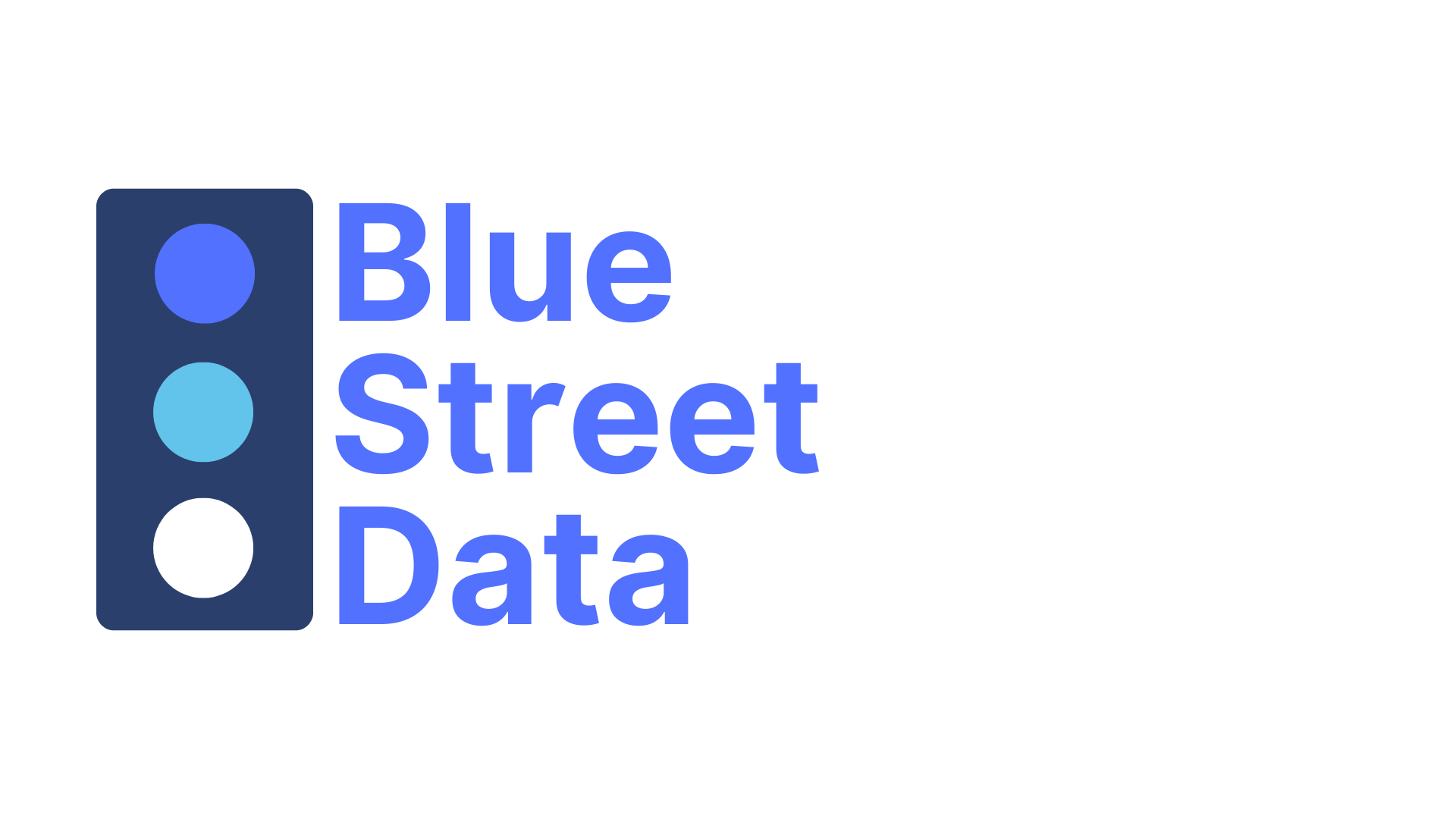1/3 of all food brought to market is wasted—often because shelf life is misjudged. For perishable goods like produce, a static label can’t account for real-world variability in temperature, transport, or handling. That’s why companies are turning to shelf life prediction technology powered by real-time data.
Why External Data Makes Shelf Life Prediction Smarter
Using environmental data and product composition inputs, shelf life prediction algorithms offer a dynamic alternative to the outdated “best-by” label. This allows supply chain operators and retailers to:
✅ Reduce waste from premature product disposal
✅ Improve routing and placement decisions based on freshness
✅ Enable dynamic pricing and markdowns for expiring inventory
✅ Increase consumer trust and satisfaction with quality assurance
How It Works
🔹 Machine learning models predict spoilage timelines using inputs like temperature, oxygen, and humidity
🔹 ANN and Gaussian Process Regression learn from visual inspections and transport history
🔹 Real-time shelf life estimates enable just-in-time routing and dynamic retail pricing
🔹 Shelf-life forecasting informs redistribution to food banks or processing before spoilage
Real-World Impact
OneThird’s AI-powered shelf life scanning reduced produce waste by up to 25% in the supply chain by enabling growers, distributors, and retailers to act on real-time freshness data. In trials, they found that 80% of produce often lasts longer than the printed date—proving that predictive data beats static assumptions.
Still Relying on “Best-By” Dates That Aren’t Always Best?
With dynamic shelf life predictions, you can rescue more produce, save on waste, and deliver fresher food to more customers—while protecting your margins and reputation.
📩 Want to reduce waste with smarter shelf life data? Let’s talk.
